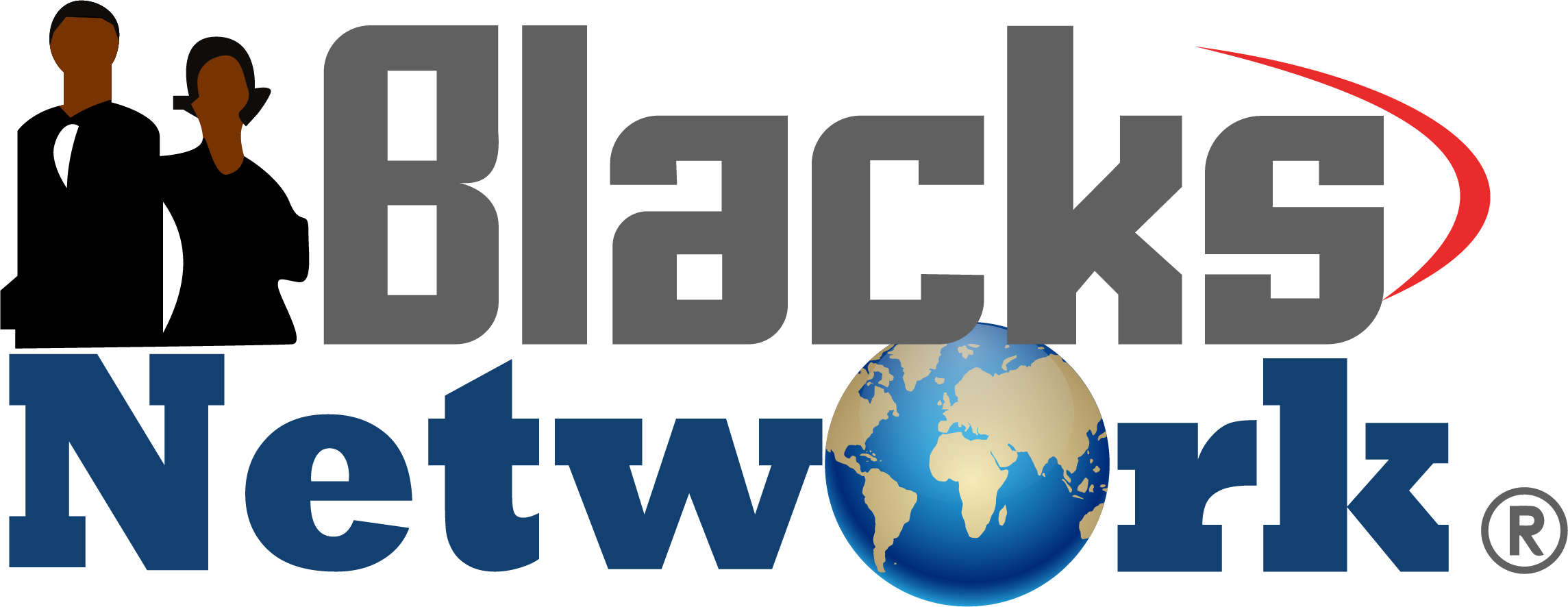Leather Goods Market Trends, Growth, Size, Segmentation, Future Demands, Latest Innovation, Regional Forecast to 2033
The global leather goods market is predicted to register a CAGR of 5.6% over the forecast period, as per FMI’s analysis. The industry’s size is anticipated to increase from US$ 443.52 billion in 2023 to US$ 764.81 billion by 2033 end.
Growing demand for high-end fashion, along with evolving fashion and trends, is pushing the demand for leather goods. These products have high quality and are long-lasting in nature. Due to their traditional and cultural significance, these products are gaining widespread demand among high-income household groups.
The leather goods industry is taking a sustainable turn by introducing eco-friendly products in the market. By doing so, the companies are attempting to capture an environmentally-conscious consumer base who are keen on purchasing products that align with their innate
Surging domestic as well as international tourism is also supporting the growth of the leather goods industry. Designers across the globe exhibit new apparel via fashion shows and events, which is luring many customers toward leather clothing. The high significance of such events and the extensive utilization of leather apparel for several design techniques are expected to boost market growth.
Request a sample @ https://www.futuremarketinsigh....ts.com/reports/sampl
Top Highlights from the FMI’s Analysis of the Leather Goods Market:
The genuine leather segment significantly contributed toward market growth in the historical period, accounting for 54.1% market share in 2022. Surging demand for premium leather, especially in developed regions like North America and Europe, is expected to support segment growth in the years to come.
Growth of the synthetic leather segment is expected to result from the increasing demand for less-expensive options to fulfill garment requirements by low- or middle-income groups.
The footwear segment is expected to account for 44% of the market share, on the basis of product. Leading competitors such as Adidas, Reebok, and Nike, are actively engaged in increasing their capacity, in order to meet the expanding demand for footwear. Thus, pushing the segment growth.
North America represented a total of 37% of the market share in the historical period. The region is also expected to continue its dominance over the forecast period as well. The booming e-commerce sector in the region is one crucial factor that is contributing to North America’s growth.
Asia Pacific is predicted to robustly grow, especially in countries like India and China. Due to the high demand for premium products and luxury products, the market is predicted to expand.
News Updates:
In 2021, Nike Inc. launched SB Dunk Sneakers, made of vegan leather. The company ensured that the procedure followed for this line of sneakers was cruelty-free. This launch is also aligned with the company’s zero-waste initiative.
In 2020, Puma introduced three, first-of-its-kind Xetic sneakers in Porsche design. The catalog offers casual wear and performance-wear sneakers. The material used for manufacturing these sneakers includes chrome-free and recycled mesh material leather.
In 2021, Adidas unveiled trainers made of mushroom leather as a part of the sustainability drive carried out by this company. The company collaborated with Lululemon and Stella McCartney to develop Mylo, a mushroom-based, vegan leather for use in trainers.
Ask an Analyst@ https://www.futuremarketinsigh....ts.com/ask-question/
Like
Comment
Share









 1 (877) 773-1002
1 (877) 773-1002